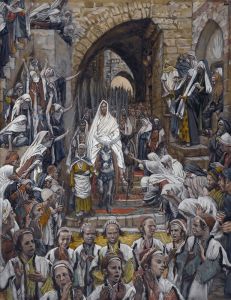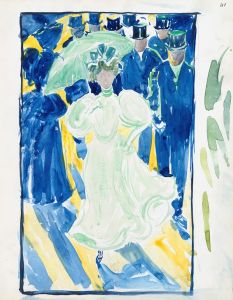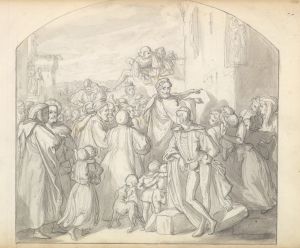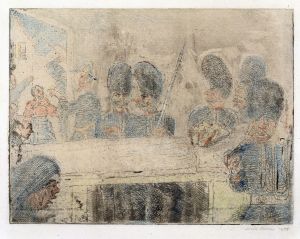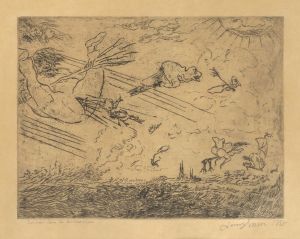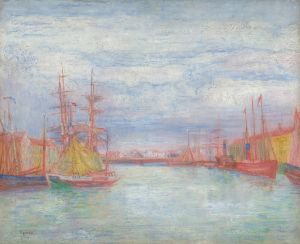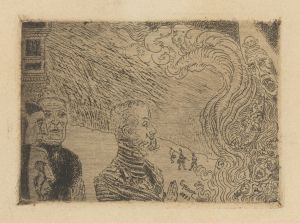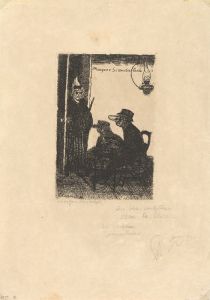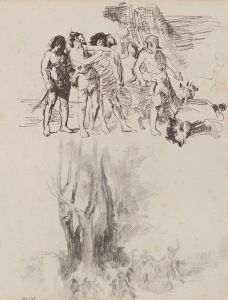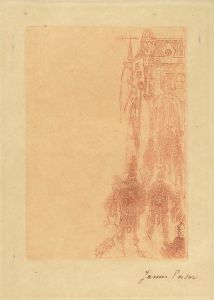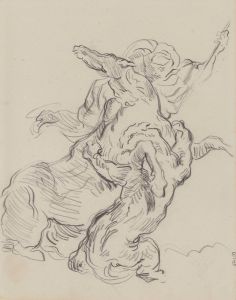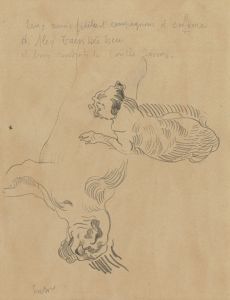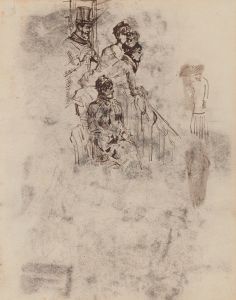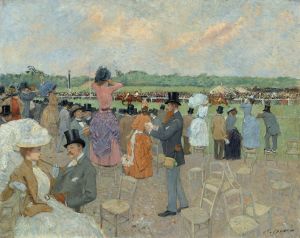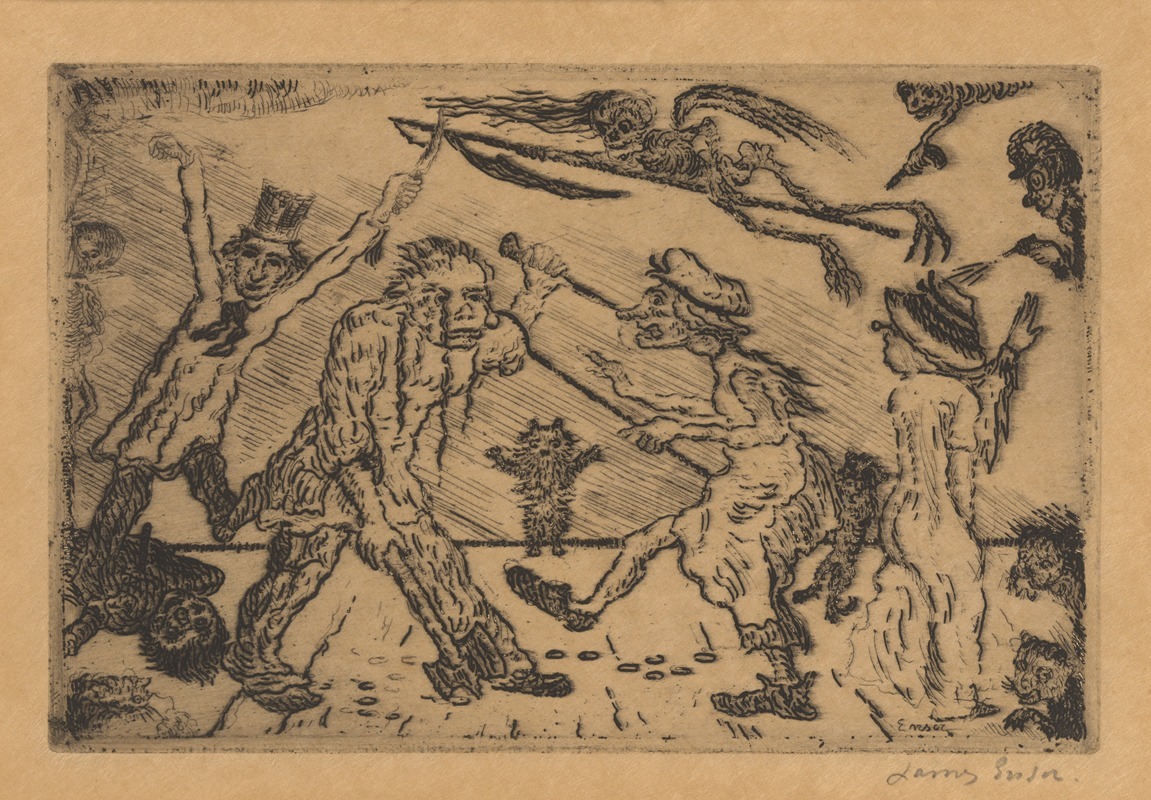
De gramschap
A hand-painted replica of James Ensor’s masterpiece De gramschap, meticulously crafted by professional artists to capture the true essence of the original. Each piece is created with museum-quality canvas and rare mineral pigments, carefully painted by experienced artists with delicate brushstrokes and rich, layered colors to perfectly recreate the texture of the original artwork. Unlike machine-printed reproductions, this hand-painted version brings the painting to life, infused with the artist’s emotions and skill in every stroke. Whether for personal collection or home decoration, it instantly elevates the artistic atmosphere of any space.
James Ensor, a prominent Belgian painter and printmaker, is known for his unique and often provocative works that blend elements of symbolism and expressionism. One of his notable works is "De gramschap," which translates to "The Wrath" in English. Ensor's art is characterized by its vivid use of color, intricate detail, and often satirical or macabre themes.
James Ensor was born in 1860 in Ostend, Belgium, and spent much of his life there. He was a key figure in the Belgian avant-garde movement and was associated with the group Les XX, which was a collective of artists that included other notable figures such as Fernand Khnopff and Théo van Rysselberghe. Ensor's work often explored themes of death, masks, and the grotesque, reflecting his fascination with the human condition and societal norms.
"De gramschap" is a work that exemplifies Ensor's distinctive style and thematic interests. While specific details about the painting's creation and its exact date are not extensively documented, it is consistent with Ensor's broader body of work from the late 19th to early 20th century. Ensor's paintings often feature crowded compositions filled with figures wearing masks or engaged in chaotic scenes, which can be seen as a critique of social conventions and the superficiality of human interactions.
Ensor's use of masks in his paintings is particularly significant. Masks serve as a metaphor for the hidden aspects of human nature and the duality of appearance versus reality. In "De gramschap," as in many of his other works, the masks may symbolize the facades people wear in society, concealing their true emotions and intentions. This theme resonates with Ensor's own experiences and observations of the world around him, as he often felt like an outsider in both his personal and professional life.
The painting's title, "The Wrath," suggests an exploration of intense emotion, possibly reflecting Ensor's own feelings of frustration or anger towards societal norms and the art establishment. Ensor's work was not always well-received during his lifetime, and he often faced criticism for his unconventional style and subject matter. However, his bold approach and willingness to challenge artistic conventions eventually earned him recognition as a pioneering figure in modern art.
Ensor's influence can be seen in the works of later artists, including the German Expressionists and Surrealists, who admired his ability to convey complex emotions and psychological depth through his art. Today, James Ensor is celebrated as one of Belgium's most important artists, and his works are held in major collections around the world, including the Royal Museums of Fine Arts of Belgium in Brussels and the J. Paul Getty Museum in Los Angeles.
In summary, "De gramschap" by James Ensor is a testament to the artist's innovative spirit and his exploration of themes related to human emotion, societal critique, and the use of masks as a symbol of hidden truths. Ensor's legacy continues to inspire and challenge viewers, inviting them to look beyond the surface and consider the deeper meanings within his art.





